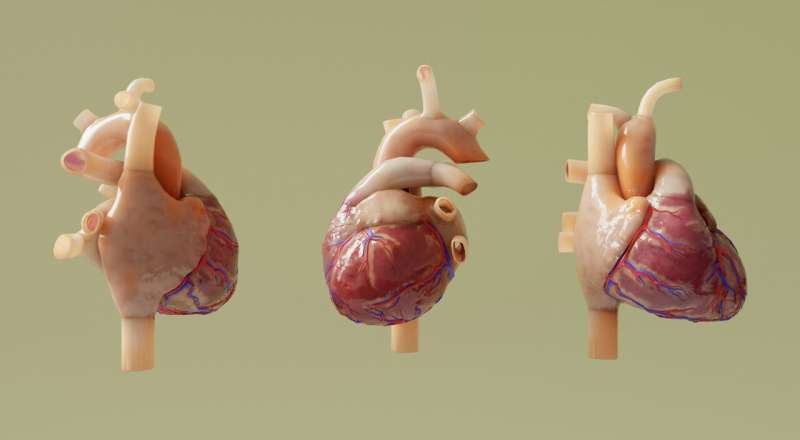While several treatments—ranging from medication to surgery—exist, the search continues for improved options to address AFib, which the National Institutes of Health (NIH) forecasts will affect up to 12 million people in the U.S. by 2050.
One emerging strategy includes electrical stimulation, known as neurostimulation, which researchers believe could potentially suppress, treat, or even reverse the disorder.
“At the experimental level, neurostimulation has been found to help not only AFib, but heart failure with reduced ejection fraction and hypertension,” says Oluwasanmi Adeodu, a postdoctoral researcher in Lehigh University’s Department of Chemical and Biomolecular Engineering.

